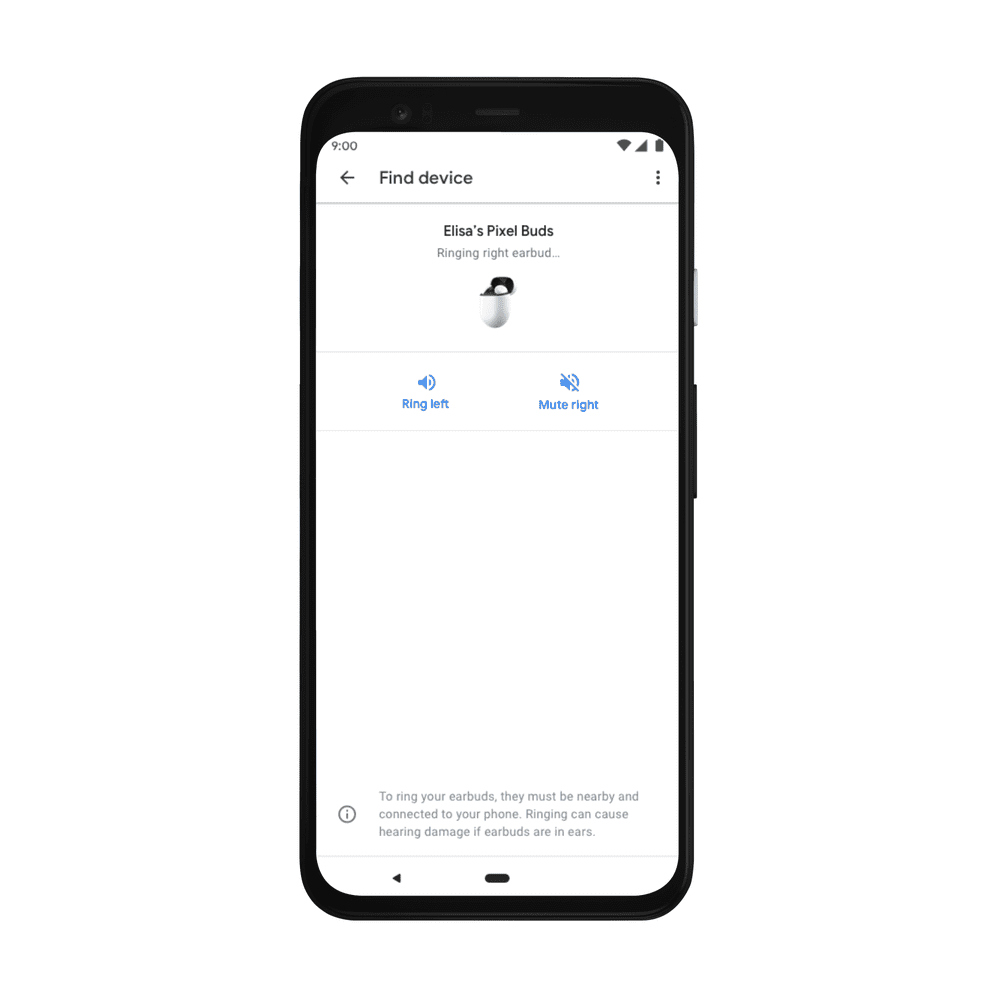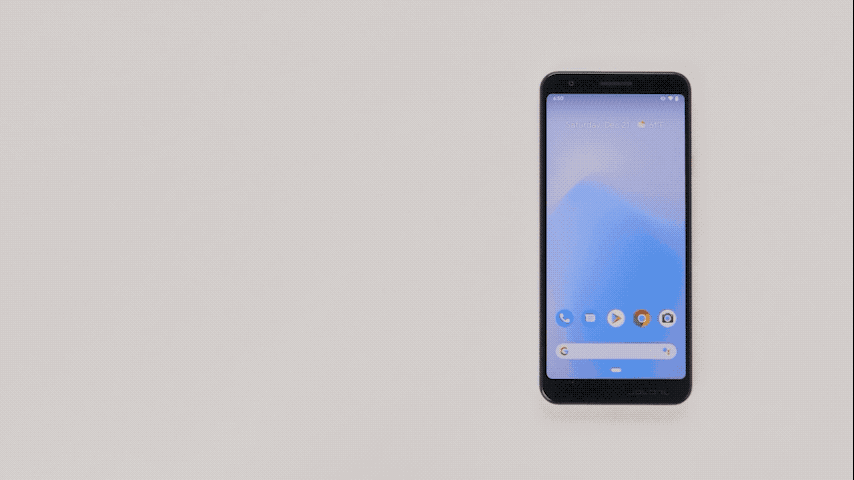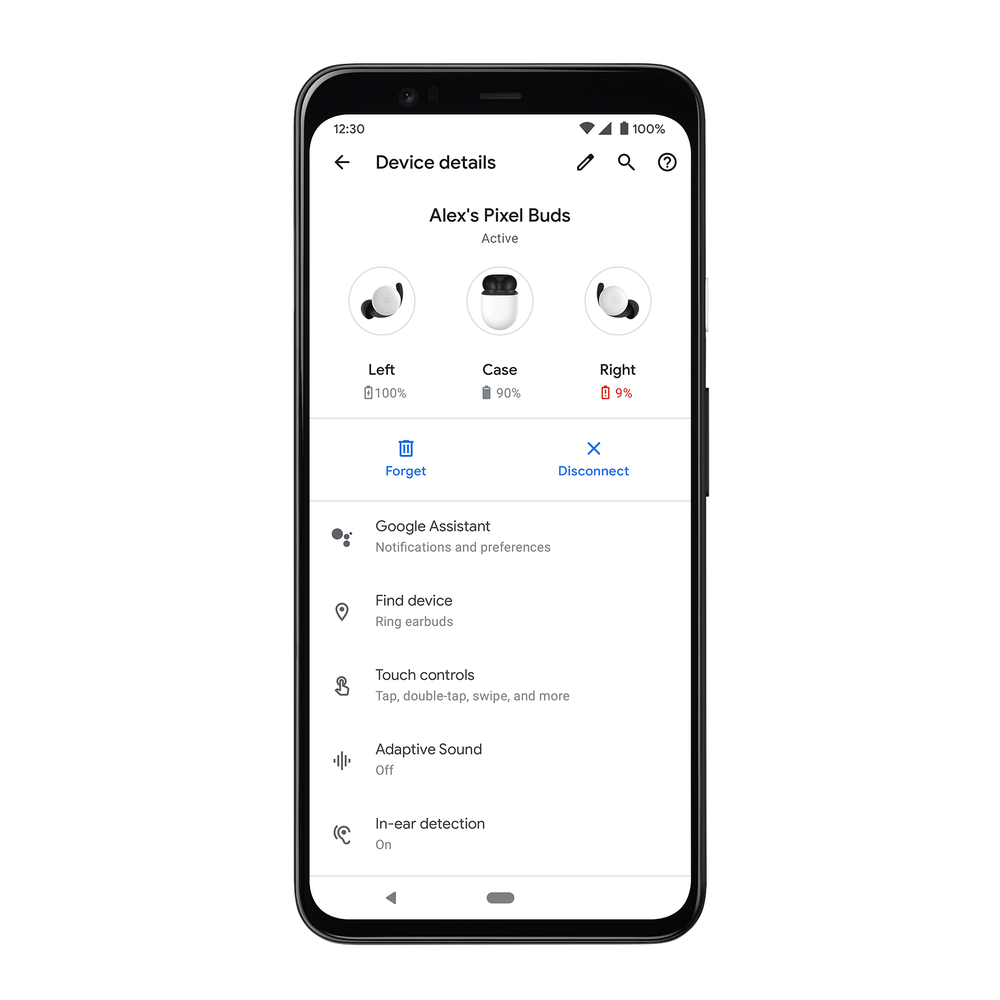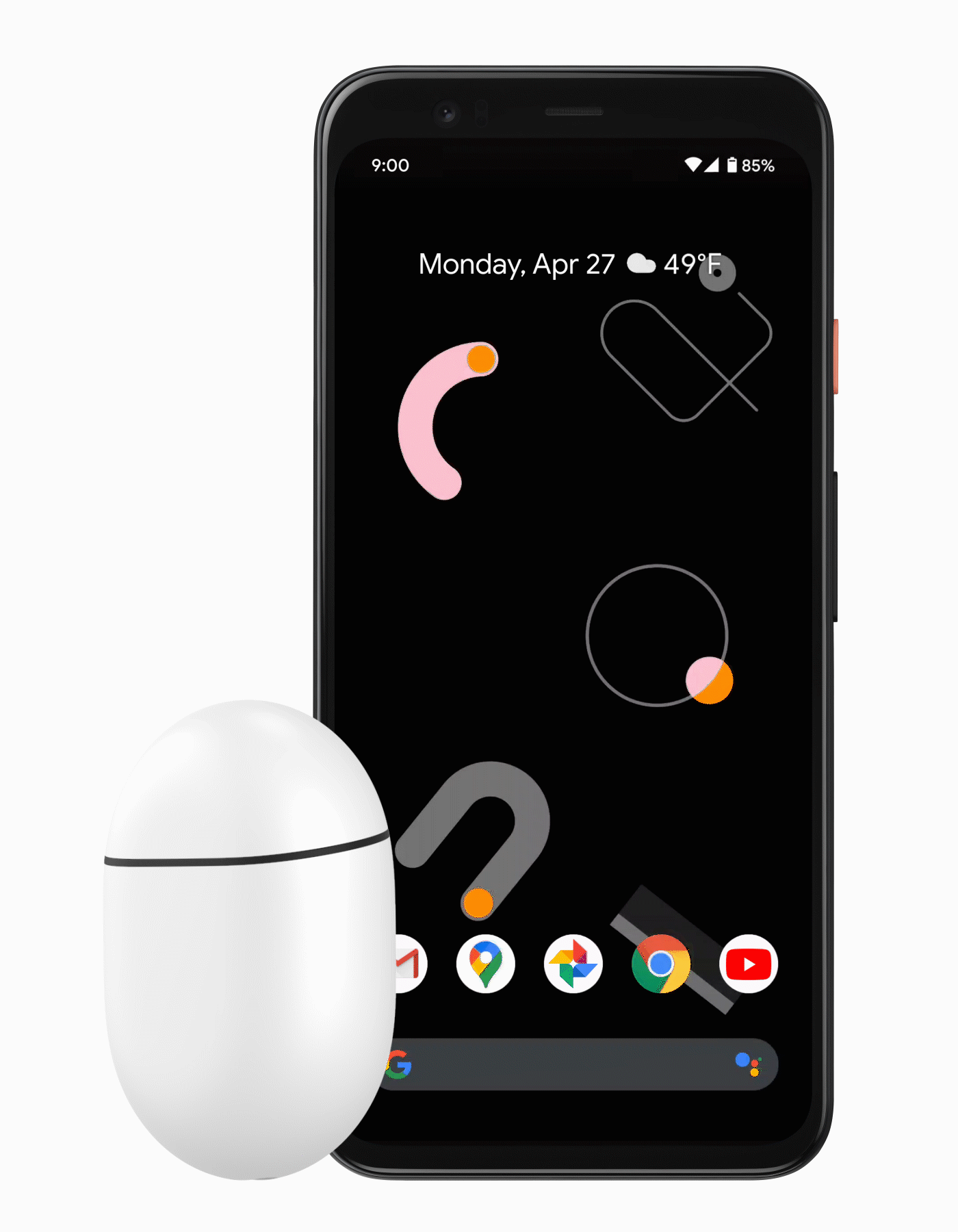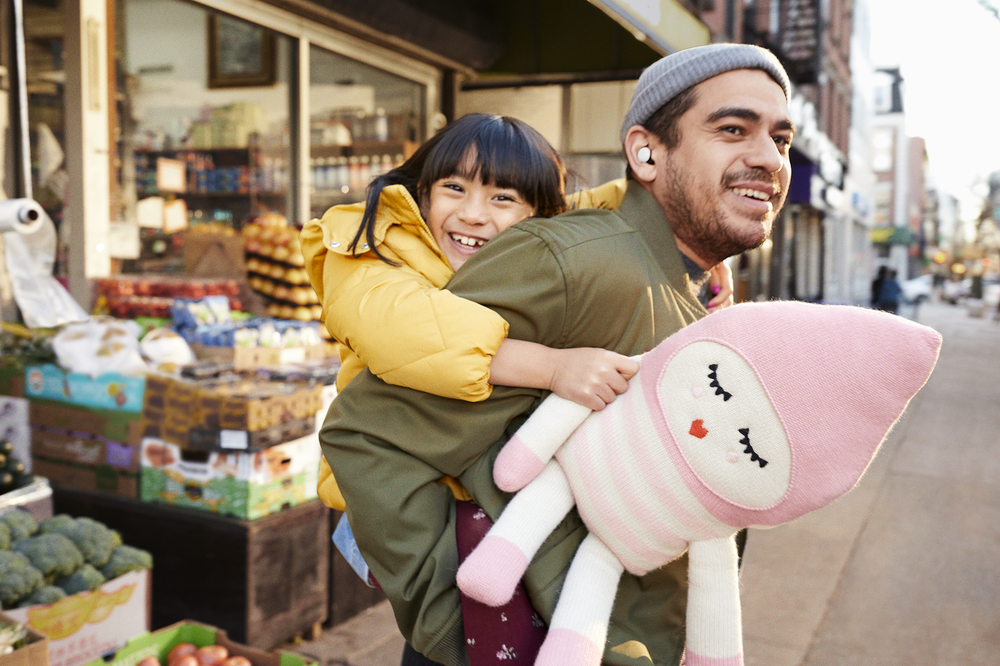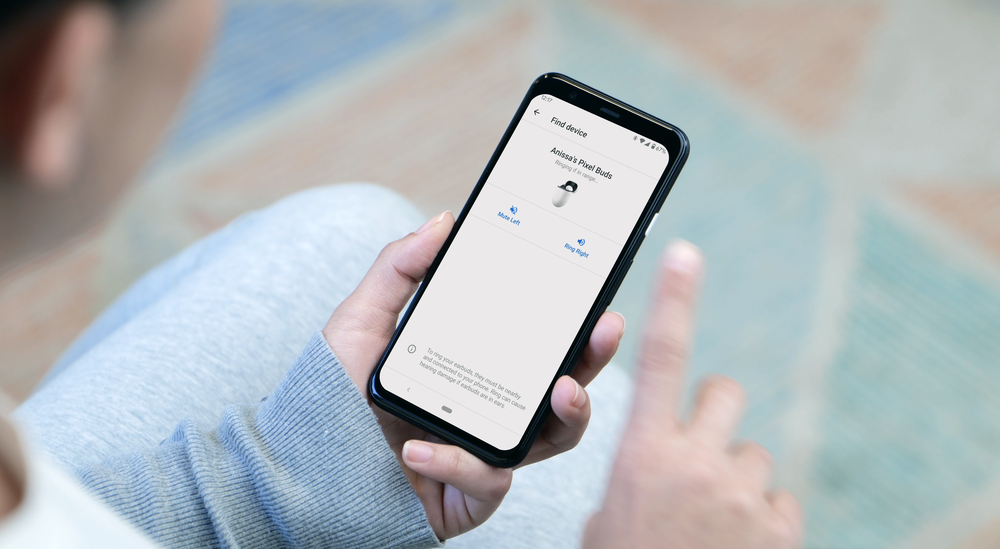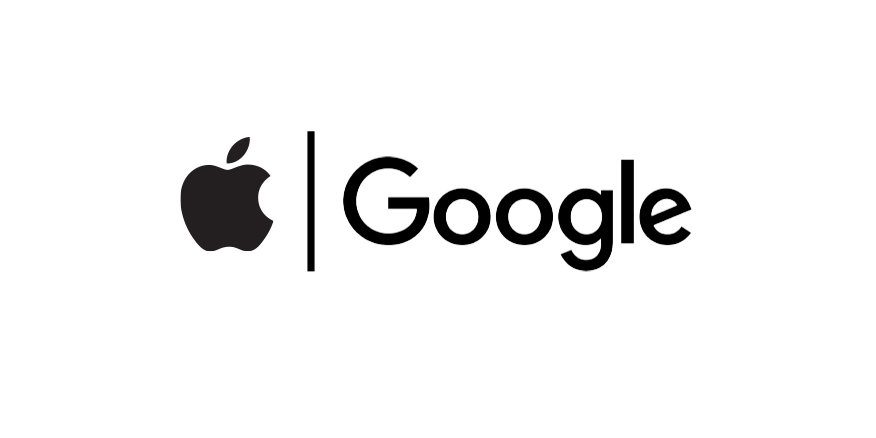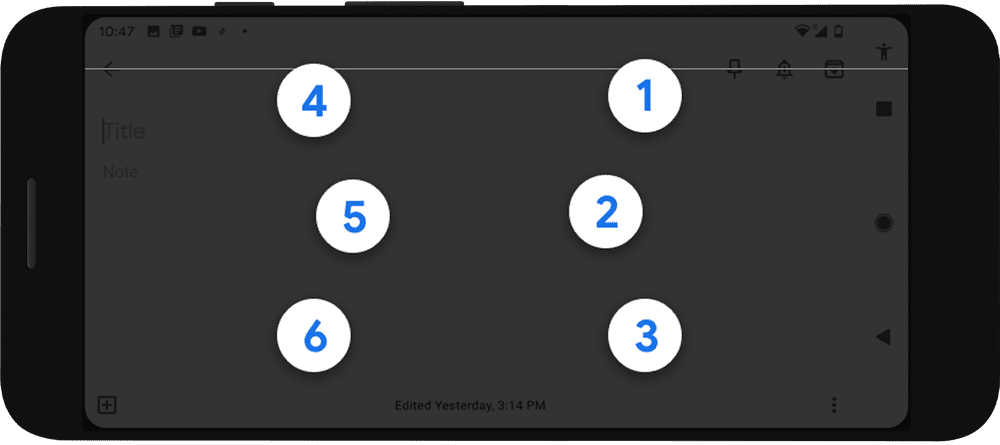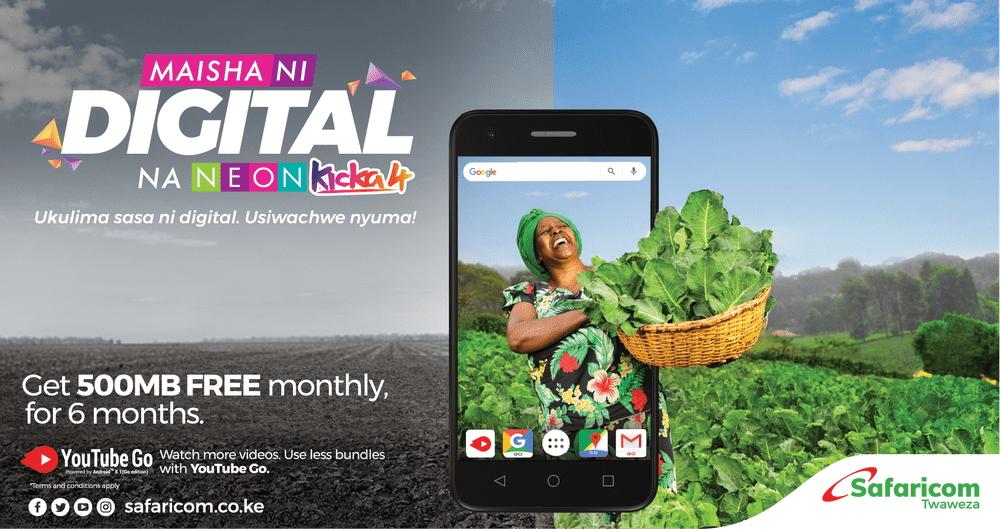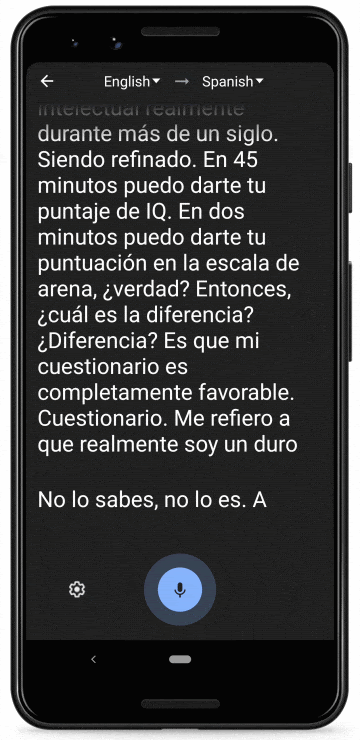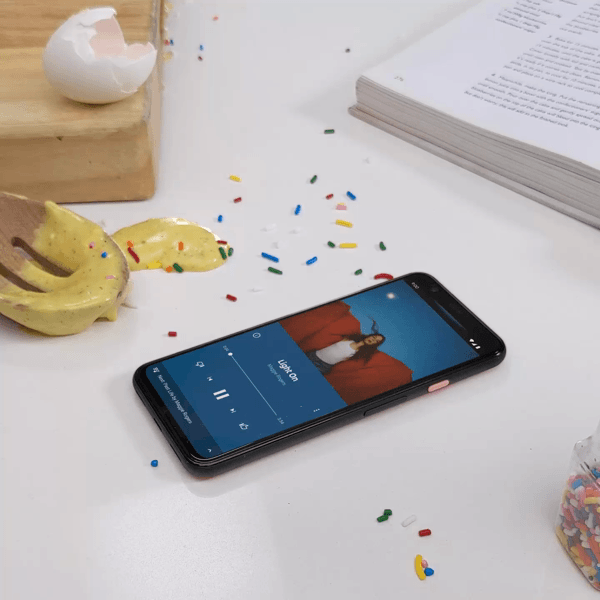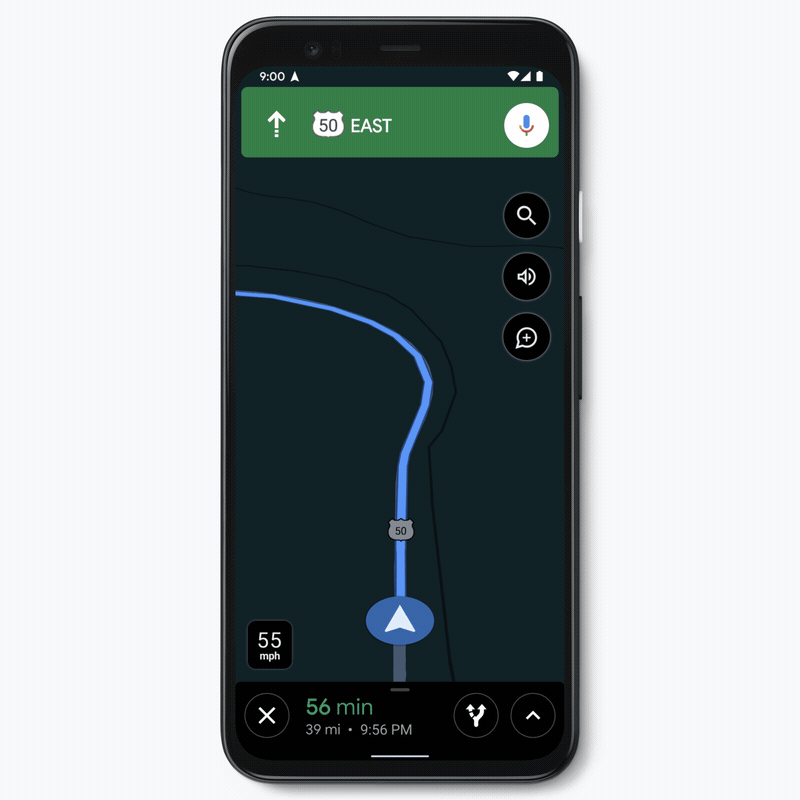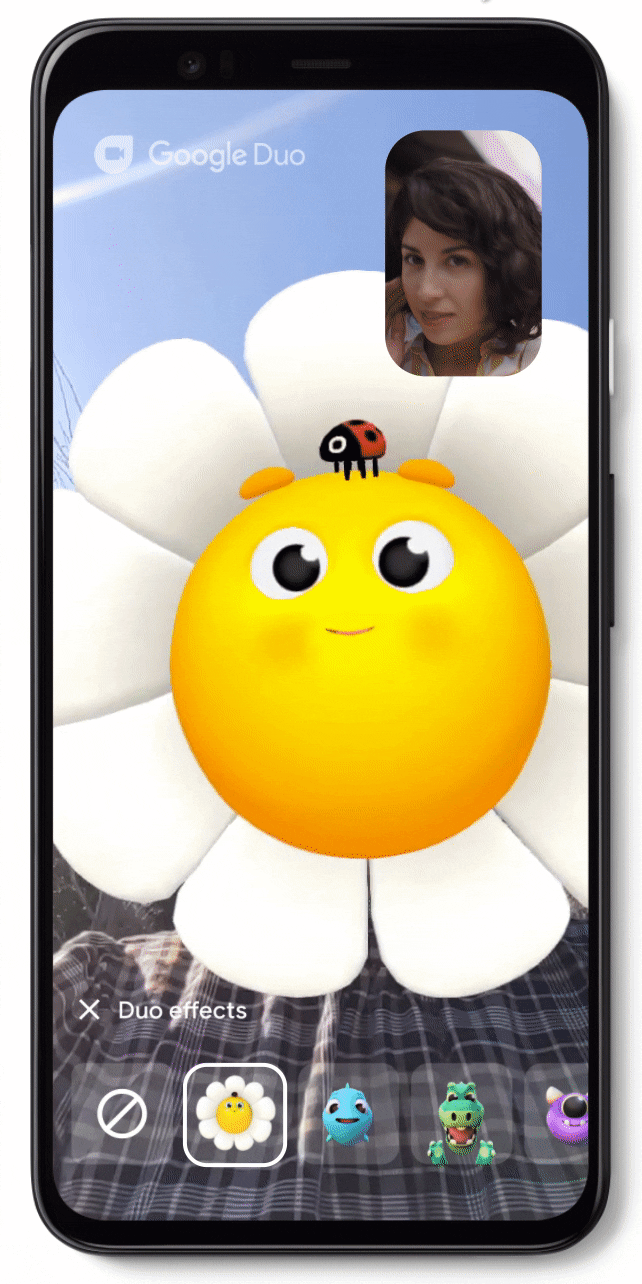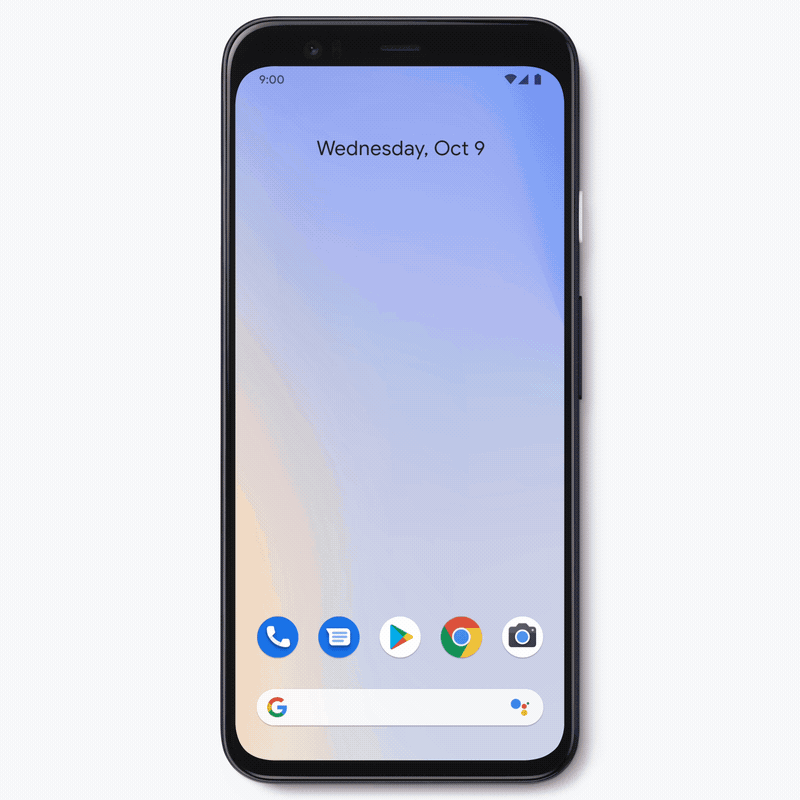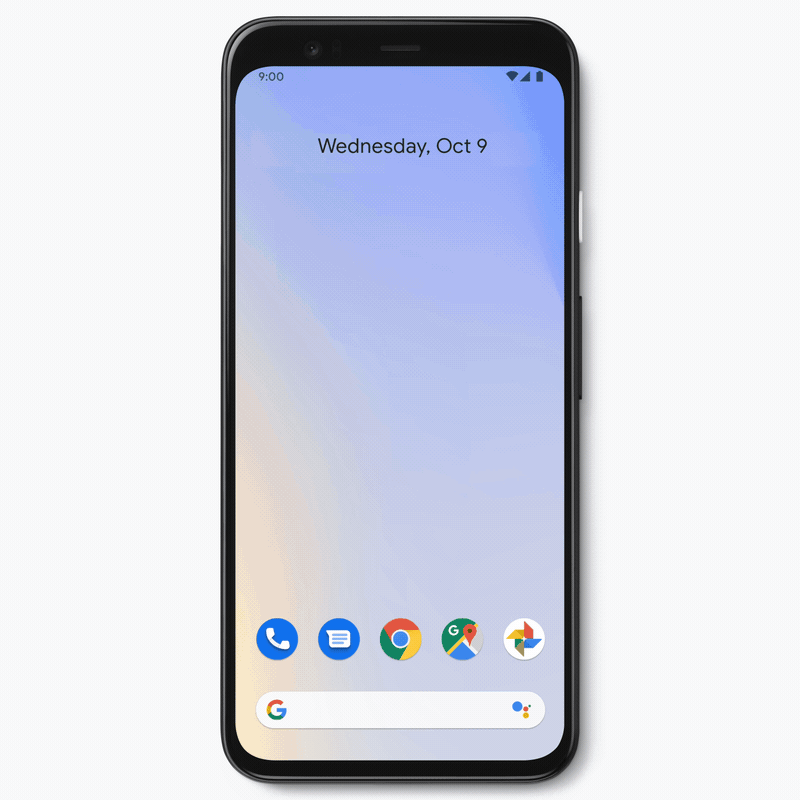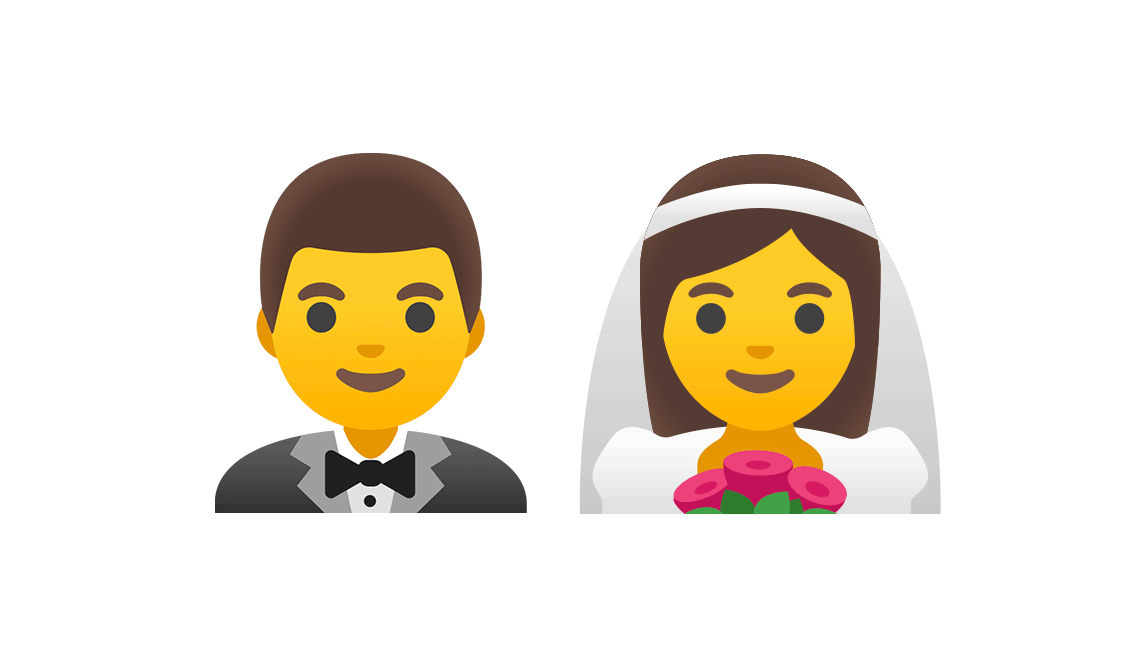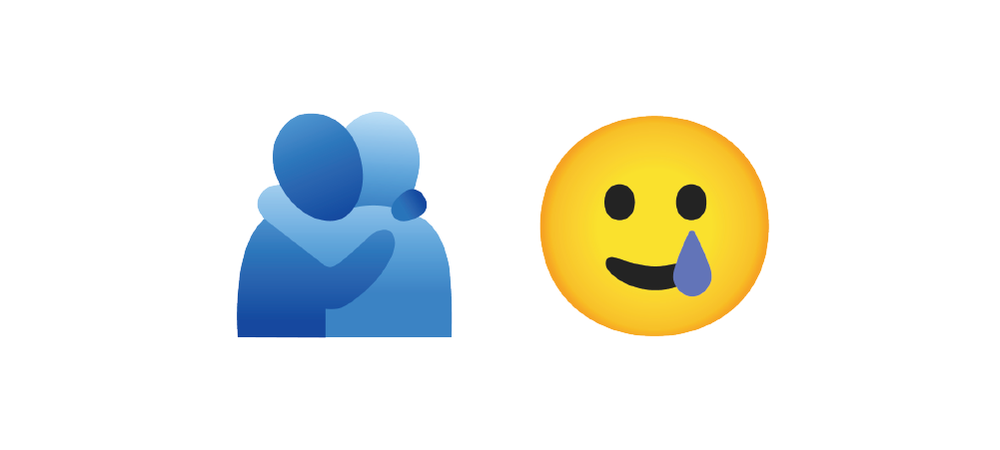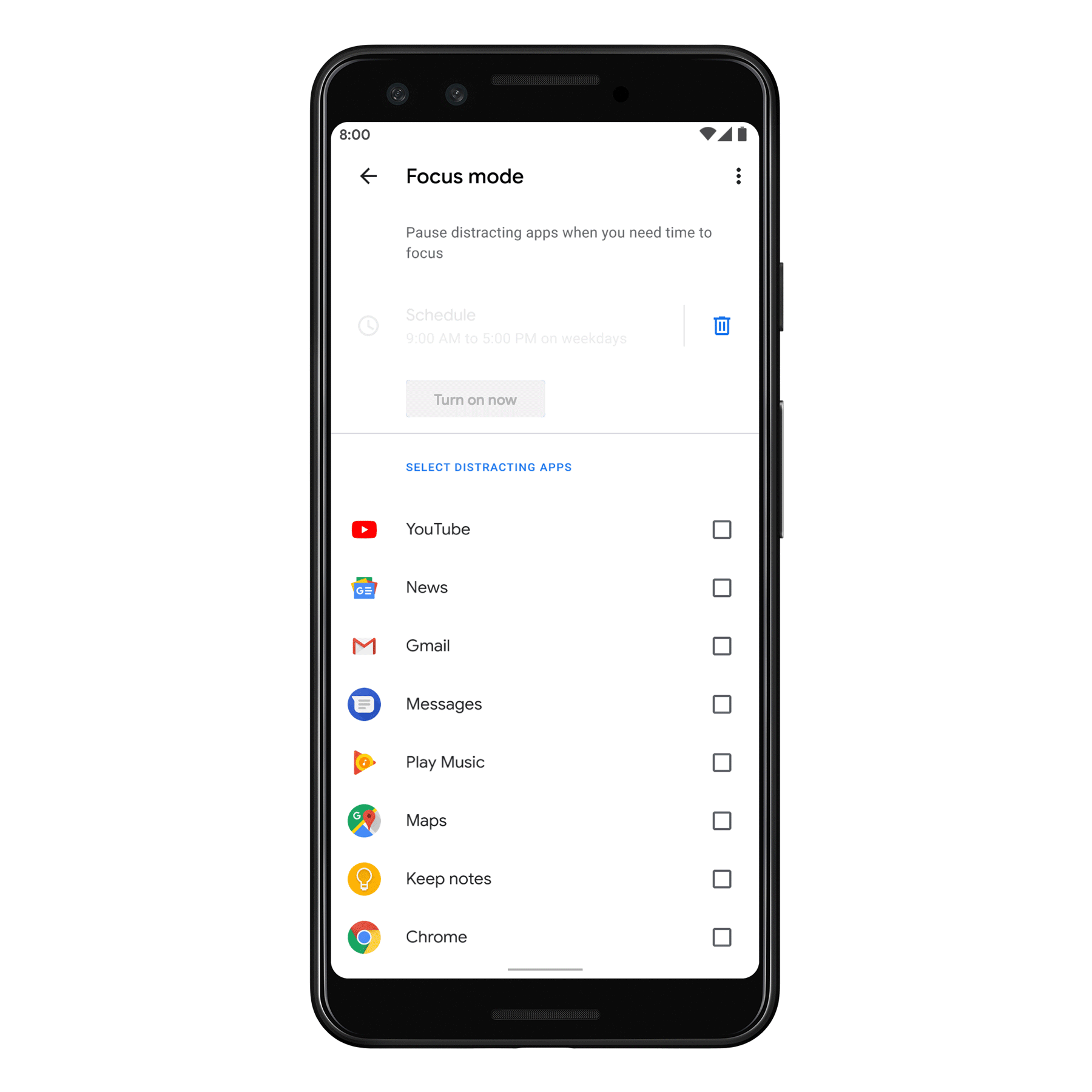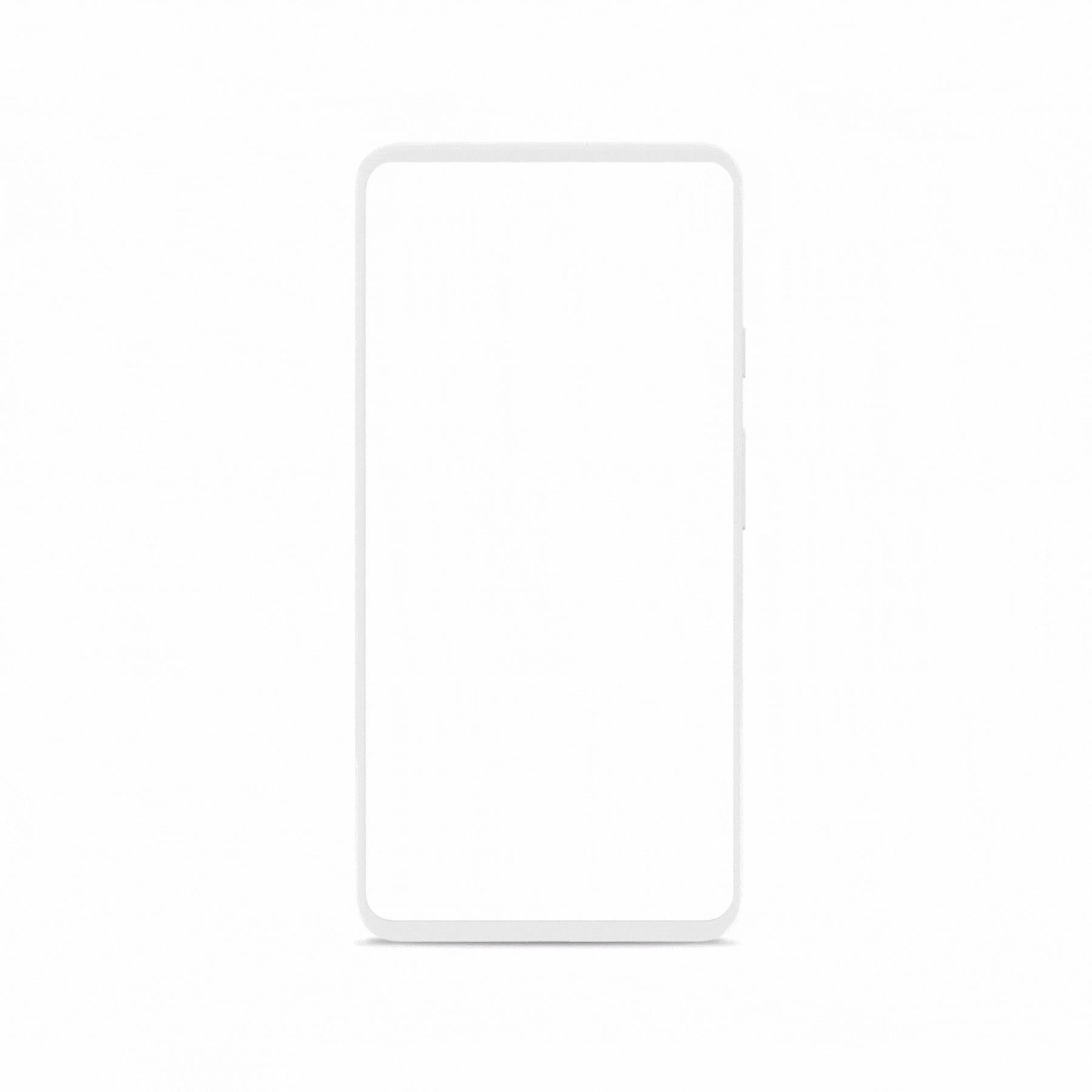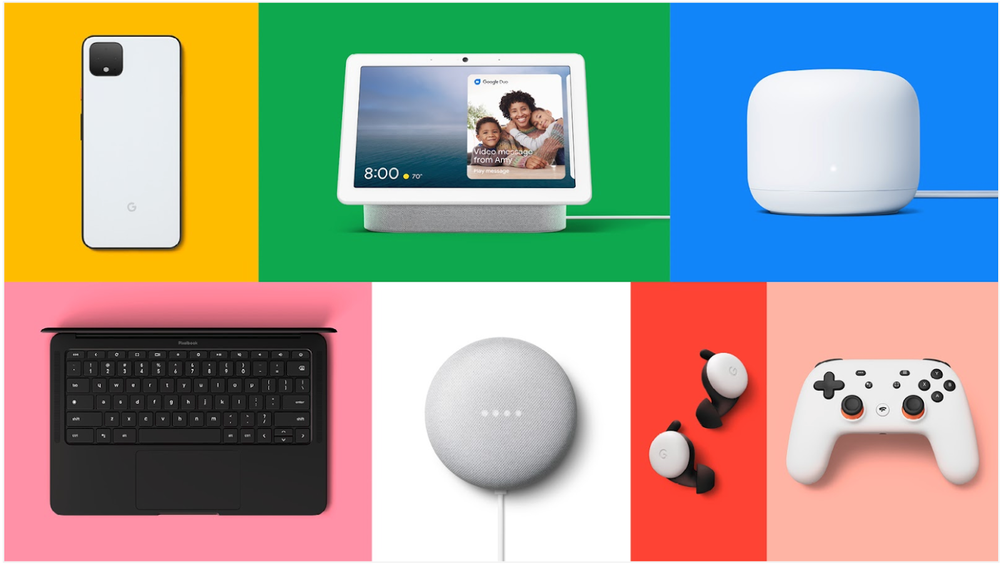Editor’s note: Today is Global Accessibility Awareness Day, and we’ll be sharing resources and tools for education, as well as new accessibility features for Android and Google Maps.
In 1993, Paul Amadeus Lane was an EMT with his whole life planned out. But at age 22, he was in a multi-car collision that left him fighting for his life and in recovery for eight months. After the crash, Paul became quadriplegic. He soon realized that his voice was one of his most powerful assets—professionally and personally. He went back to school to study broadcasting and became a radio producer and morning show host. Along the way, Paul discovered how he could use technology as an everyday tool to help himself and others. Today, he uses accessibility features, like Voice Access, to produce his own radio show and share his passion for technology.
Stories like Paul’s remind us why accessible technology matters to all of us every single day. Products built with and for people with disabilities help us all pursue our interests, passions and careers. Today, in honor of Global Accessibility Awareness Day, we’re announcing helpful Android features and applications for people with hearing loss, deafness, and cognitive differences. While these updates were designed for people with disabilities, the result is better products that can be helpful for everyone.
Action Blocks: One-tap actions on Android for people with cognitive disabilities
Every day, people use their phones for routine tasks—whether it’s video calling family, checking the weather or reading the news. Typically, these activities require multiple steps. You might have to scroll to find your video chat app, tap to open it and then type in the name of the contact you’re looking for.
For people with cognitive disabilities or age-related cognitive conditions, it can be difficult to learn and remember each of these steps. For others, it can be time consuming and cumbersome—especially if you have limited mobility. Now, you can perform these tasks with one tap—thanks to Action Blocks, a new Android app that allows you to create customizable home screen buttons.
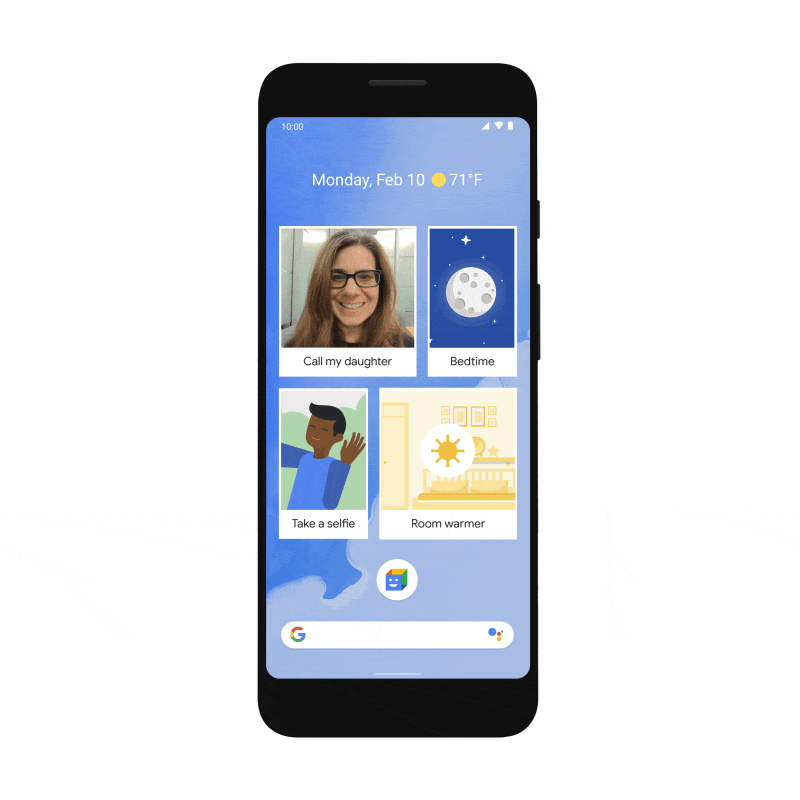
With Action Blocks, tap on the customized button to launch an activity.
Create an Action Block for any action that the Google Assistant can perform, like making calls, sending texts, playing videos and controlling devices in your home. Then pick an image for the Action Block from your camera or photo gallery, and place it on your home screen for one-touch access.
Action Blocks is part of our ongoing effort to make technology more helpful for people with cognitive disabilities and their caregivers. The app is available on the Play Store, and works on Android devices on Android 5.0 and above.
Live Transcribe: Real-time transcriptions for everyday conversations
In 2019, we launched Live Transcribe, an app that provides real-time, speech-to-text transcriptions of everyday conversations for people who are deaf or hard of hearing. Based on feedback we’ve received from people using the product, we’re rolling out new features:
- Set your phone to vibrate when someone nearby says your name. If you’re looking elsewhere or want to maintain social distance, your phone will let you know when someone is trying to get your attention.
- Add custom names or terms for different places and objects not commonly found in the dictionary. With the ability to customize your experience, Live Transcribe can better recognize and spell words that are important to you.
- It’s now easier to search past conversations. Simply use the search bar to look through past transcriptions. To use the feature, turn on ‘Saving Transcriptions’ in Settings. Once turned on, transcriptions will be saved locally on your device for three days.
- We’re expanding our support of 70 languages to include: Albanian, Burmese, Estonian, Macedonian, Mongolian, Punjabi, and Uzbek.
Live Transcribe is pre-installed on Pixel devices and is available on Google Play for devices Android 5.0 and up.
Sound Amplifier: Making the sounds around you clearer and louder
Sound Amplifier, a feature that clarifies the sound around you, now works with Bluetooth headphones. Connect your Bluetooth headphones and place your phone close to the source of the sound, like a TV or a lecturer, so that you can hear more clearly. On Pixel, now you can also boost the audio from media playing on your device—whether you are watching YouTube videos, listening to music, or enjoying a podcast. Sound Amplifier is available on Google Play for devices Android 6.0 and above.
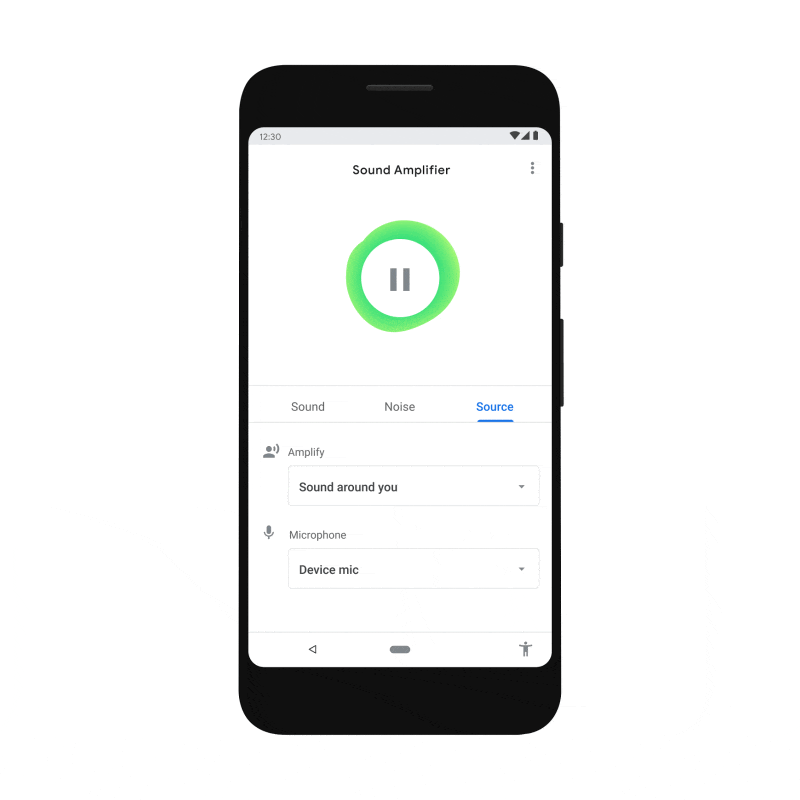
Use Sound Amplifier to clarify sound playing on your phone.
Accessibility matters for everyone
We strive to build products that are delightful and helpful for people of all abilities. After all, that’s our mission: to make the world’s information universally accessible for everyone. If you have questions on how these features can be helpful for you, visit our Help Center, connect with our Disability Support team or learn more about our accessibility products on Android.
For Global Accessibility Awareness Day, we’re launching several apps and updates developed with and for people with disabilities.
Website: LINK

